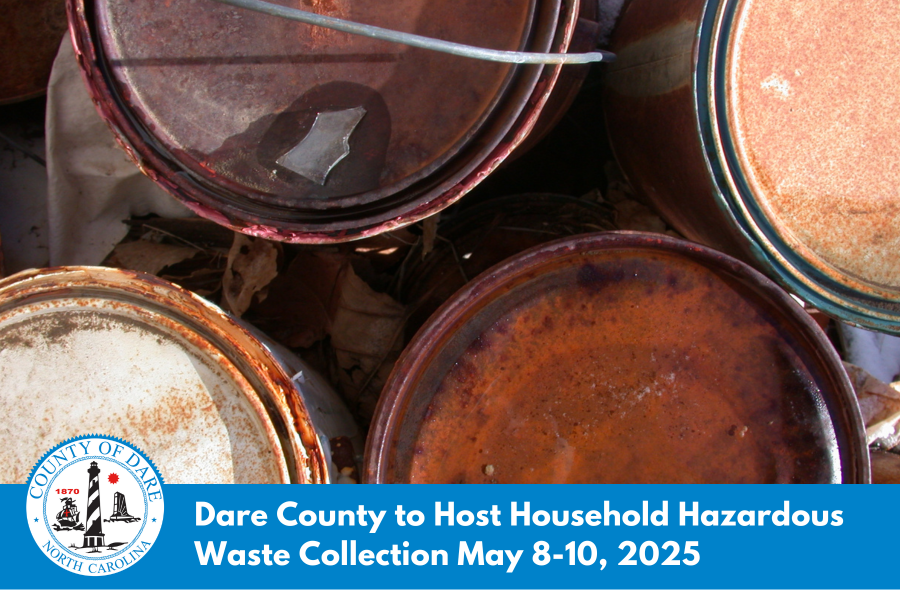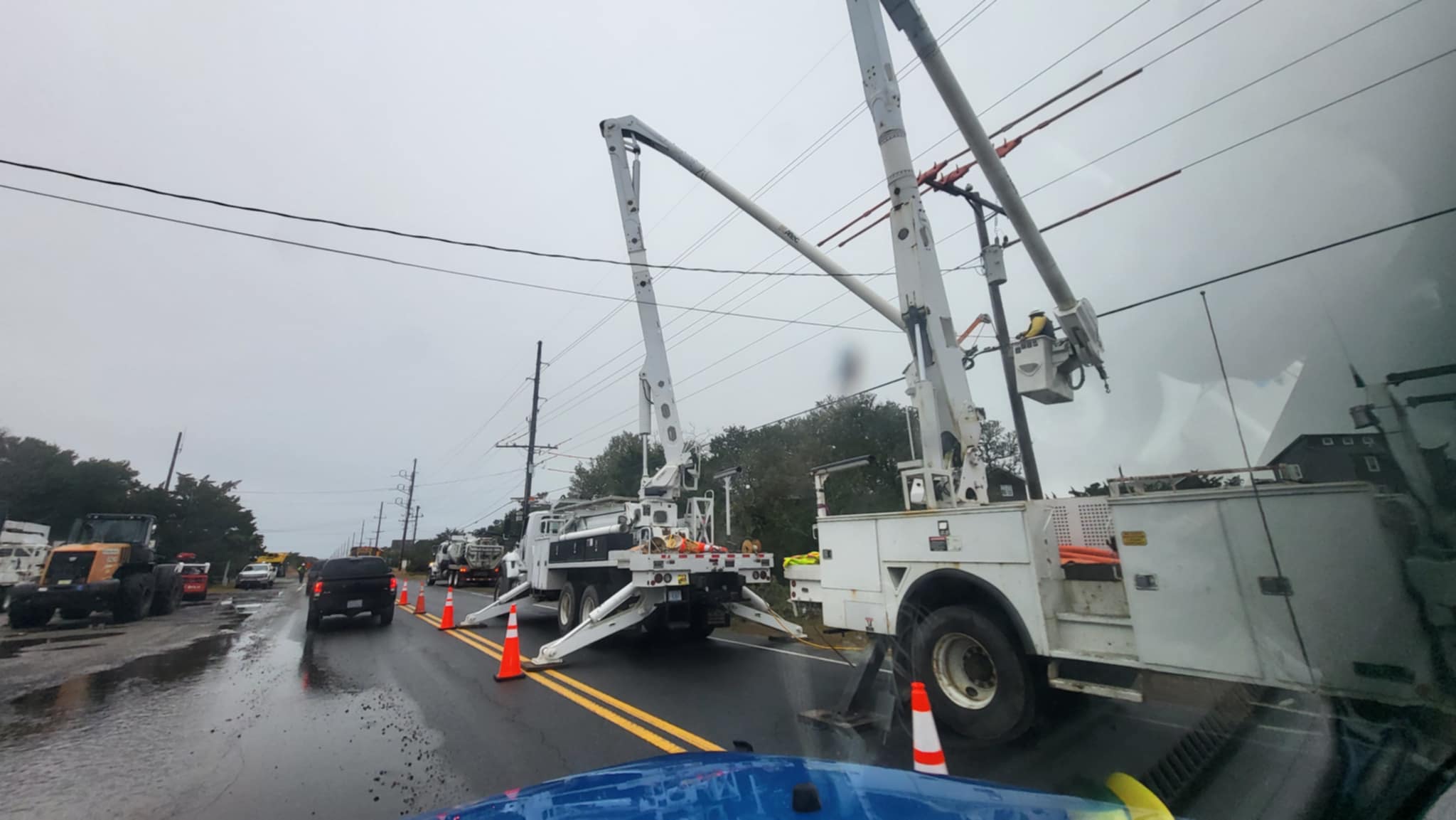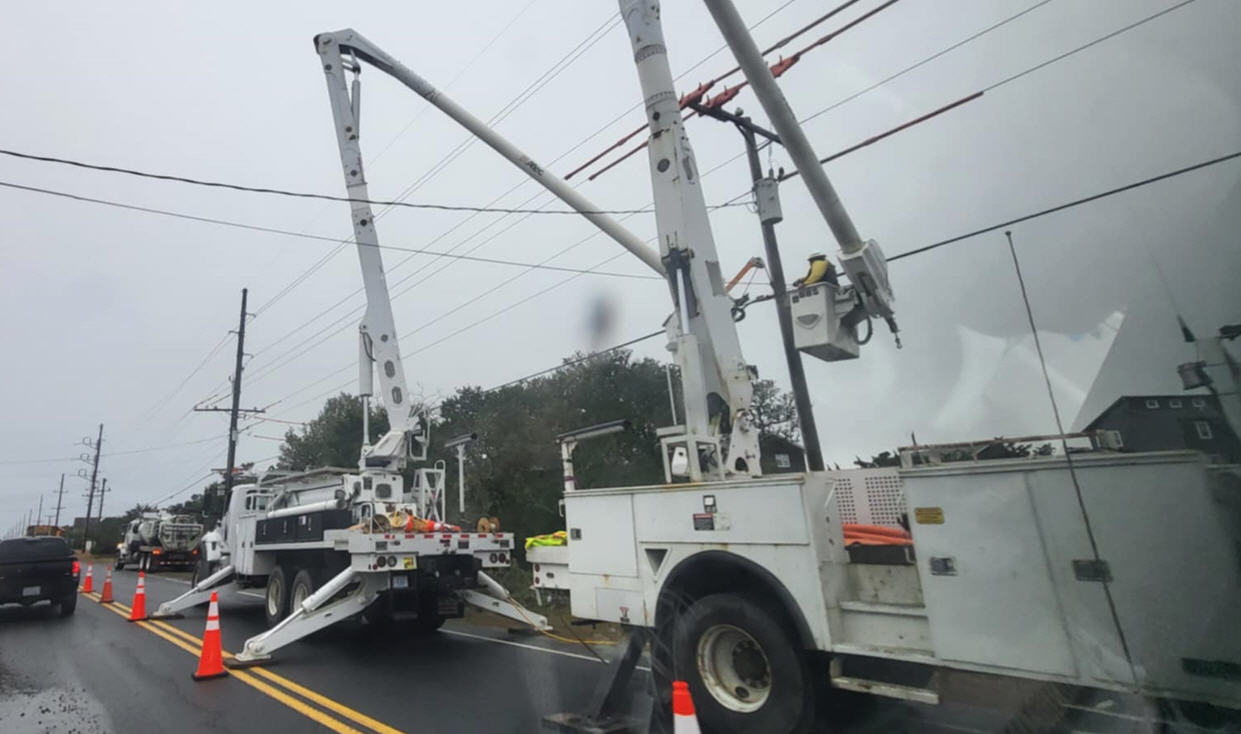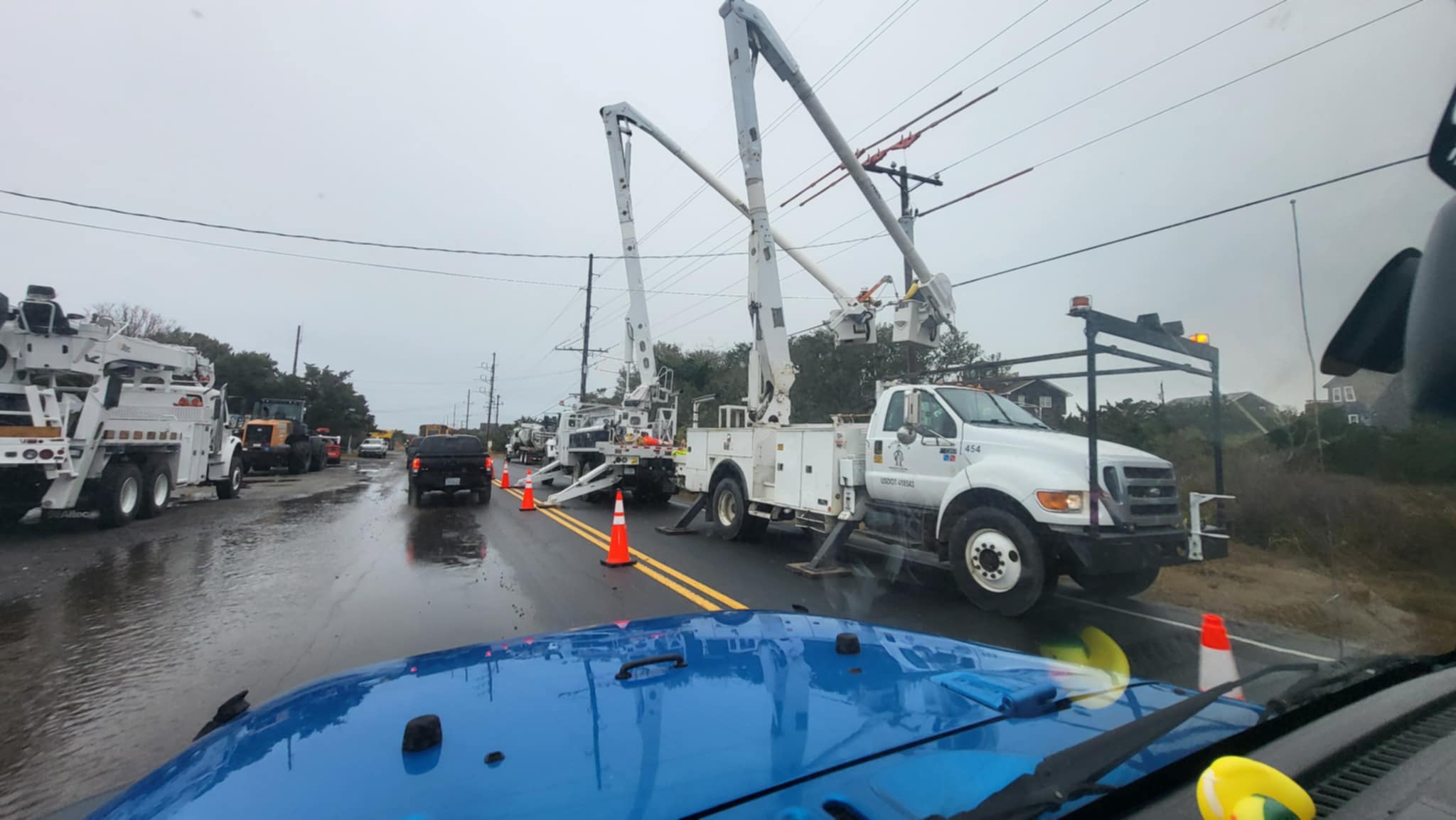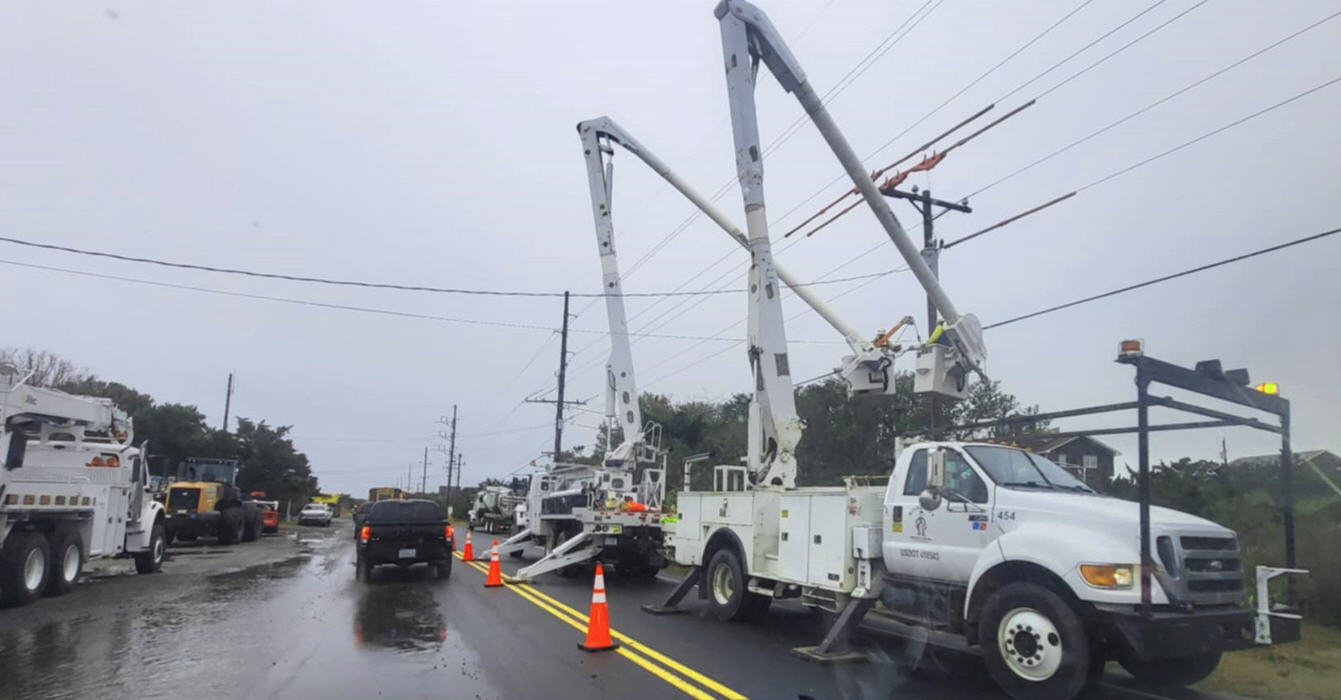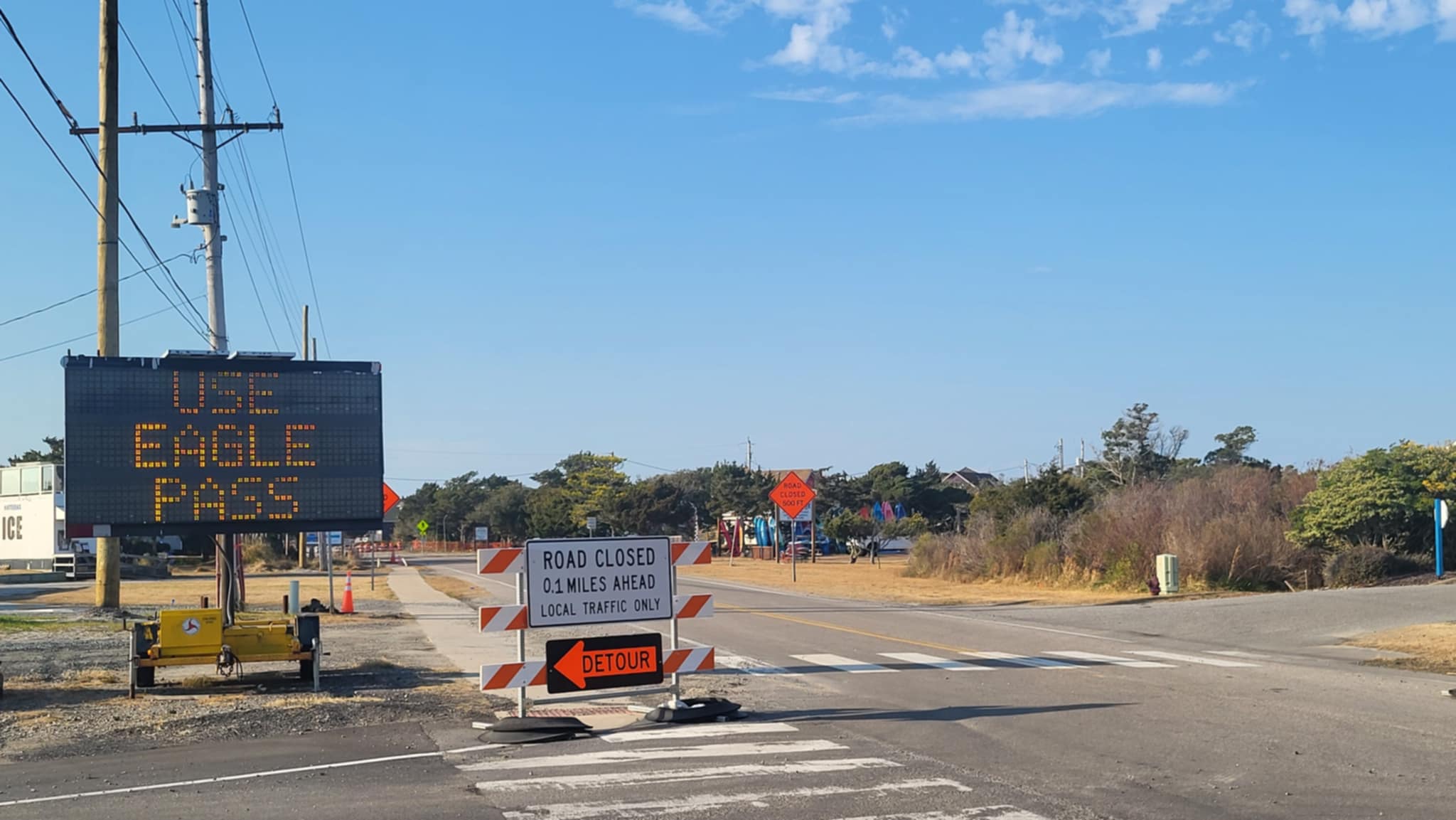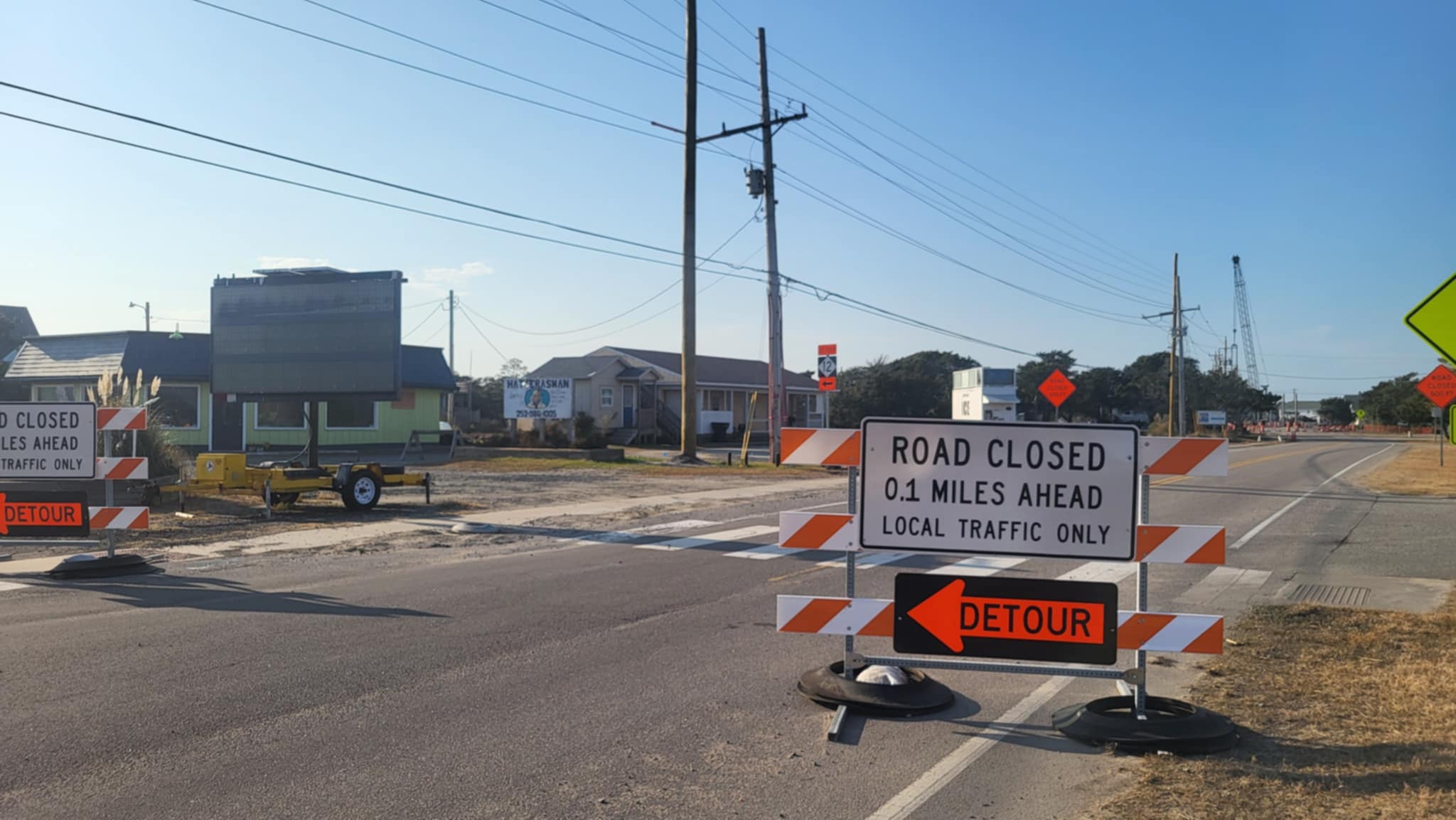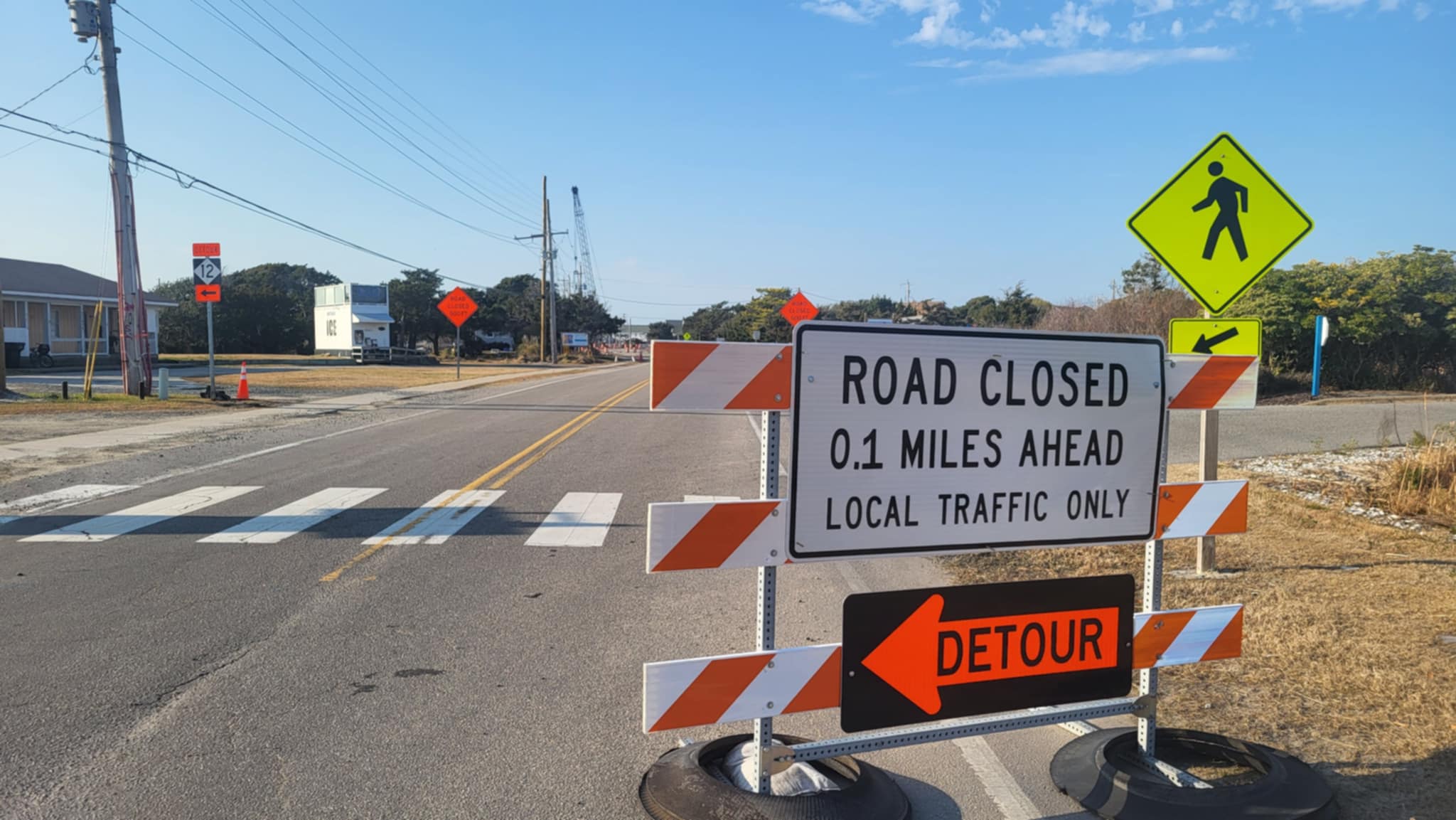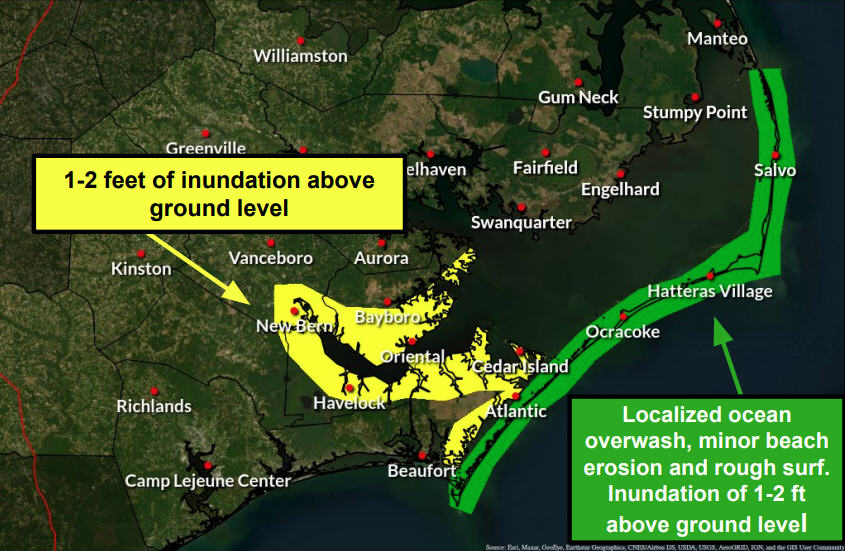Tracking Dare County’s opioid settlement spending programs
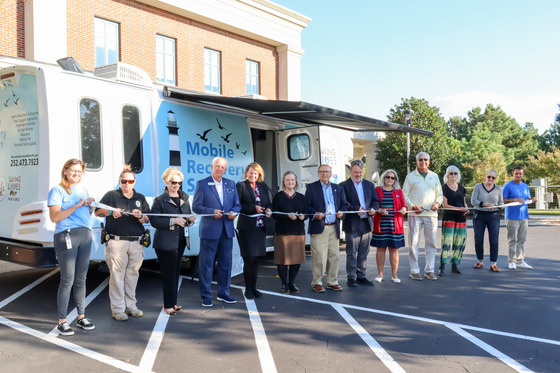
More than two years after local governments in North Carolina began receiving opioid settlement funds, Dare County has used its share of the funds to distribute naloxone, hire a probation officer, send residents to opioid treatment programs, and begin a public awareness campaign, among many other initiatives.
Dare County has been proactive with its opioid settlement funds, said Roxana Ballinger, the health education and community outreach manager for Dare County Health and Human Services.
The county spent more than $800,000 of its opioid settlement funds on 11 strategies between Summer 2022 and Summer 2024, according to North Carolina’s opioid settlement dashboard.
“There is no silver bullet, so we have to spend our money wisely,” said Ballinger, who is also the co-chair of the Saving Lives Task Force, a non-profit in Dare County fighting opioid use disorder.
Dare County will receive more than $6.2 million in opioid settlement funds from 2022 to 2036, according to the dashboard. North Carolina will receive around $1.5 billion.
Local governments can spend opioid settlement funds on Exhibit A or Exhibit B strategies.
Exhibit A, or “high-impact,” strategies include evidence-based addiction treatment, recovery housing support, Naloxone distribution, and syringe service programs.
Dare County spent nearly $200,000 on distribution of naloxone, a drug which reverses opioid overdoses, $100,000 for a full-time probation officer for recovery court, nearly $64,000 on a post-overdose response team, and $24,000 for three people to attend opioid use disorder treatment for three months, according to county reports.
Without a full-time probation officer, the recovery court wouldn’t be able to function, Ballinger said.
Exhibit B strategies, which number more than 100, include supporting mobile intervention, providing training for health care providers about responsible opioid prescribing, and funding media campaigns to prevent opioid misuse.
Between October 2022 and June 2023, Dare County spent $40,000 in opioid settlement money on a “Fentanyl Kills” public awareness campaign, including radio ads, a billboard in Manteo, and posters and stickers with a QR code for more information, according to a county report.

The county is continuing its “Fentanyl Kills” campaign but no longer needs opioid settlement money to do so, Ballinger said.
“We couldn’t be funding, supporting, and doing some of the activities that we’re doing without the opioid settlement funds,” Ballinger said.
However, not all of Dare County’s programs fighting opioid use disorder and the spread of fentanyl are funded with opioid settlement money.
Instead, they are funded through grants from organizations, like the Outer Banks Community Foundation, North Carolina Health and Human Services, and Pirate’s Cove Billfish Foundation.
Last month, the Saving Lives Task Force and Dare County Health and Human Services unveiled the Mobile Recovery Support Unit, which is staffed by two peer support specialists who provide naloxone, fentanyl test strips, and rapid HIV and hepatitis C testing to aid underserved and rural parts of the county, Island Free Press reported.
The Outer Banks Community Foundation awarded Dare County Health and Human Services a $9,000 grant to stock the unit with supplies, and Easterseals PORT Health, an organization that helps families with medical services, donated the vehicle, Island Free Press reported.
Overdose death rates in Dare County increased between 2016 and 2022. In 2016, five people in Dare County died of overdoses, while 20 people died of overdoses in 2022, according to state data.
In 2022, the overdose death rate for North Carolina was 41 out of 100,000 people. That same year, the overdose death rate for Dare County was 54 out of 100,000 people.
Eighty-percent of overdose deaths in Dare County are now from fentanyl, Ballinger said.
Between 2000 and 2022, more than 36,000 North Carolina residents died of drug overdoses, according to state data.
North Carolina was part of national settlements against the drug distributors – Cardinal, McKesson, and AmerisourceBergen – the drug producers – Johnson & Johnson, Allergan, and Teva – and the pharmacies – Walgreens, CVS, and Walmart.
In June, the Supreme Court ruled against a multi-state settlement with the Sackler family, the owners of Purdue Pharma and the makers of OxyContin, the News & Observer reported. The proposed settlement would’ve brought an estimated $100 million more to North Carolina’s opioid settlement fund.
North Carolina divided 85 percent of its $1.5 billion between the state’s 100 counties and municipalities with populations above 75,000, while the remaining 15 percent stayed at the state level.
The state used a national allocation model to allocate the opioid settlement funds between local governments based on the percentage of residents in a county with opioid use disorder, the percentage of residents in a county who died of opioid overdoses, and the amount of opioids shipped into a county that had a negative impact, wrote Nazneen Ahmed, the press secretary for the North Carolina Department of Justice, in an email to Island Free Press.
Local governments and municipalities must abide by the Memorandum of Agreement, which governs the use of opioid settlements and bankruptcy resolutions in North Carolina, and state law when adopting resolutions to spend opioid settlement money, according to the MOA.
“Our office works with counties and local governments to help ensure that their use of funds matches what is allowable under the MOA,” Ahmed wrote. “In situations where they may be questions, we do our best to work directly with the county to address potential issues before they arise.”
When local governments use opioid settlement money, they must report the resolution to the Community Opioid Resources Engine within 90 days and file annual financial and impact reports with CORE-NC, according to the MOA.
All CORE-NC information is available to the public on the engine’s website.
Last month, the North Carolina DOJ updated the website with information on local payment schedules, spending plans, past spending, annual impact reports, and local contacts.
“North Carolina continues to set the standard for fighting the opioid epidemic with transparency and accountability,” Attorney General Josh Stein said.
Dare County residents should educate themselves on the resources the county provides and carry Naloxone, which the county provides for free, in case they encounter someone overdosing, Ballinger said.
“A lot of people have some funny feelings about naloxone, but, if somebody’s dead, you can’t help them,” Ballinger said.
Dare County partnered with libraries and businesses to distribute naloxone and fentanyl test strips for free, Ballinger said.
Ballinger will participate in a town hall discussion about substance abuse and mental health at Liberty Christian Fellowship in Kill Devils Hills on Nov. 7 beginning at 5:30 p.m.







